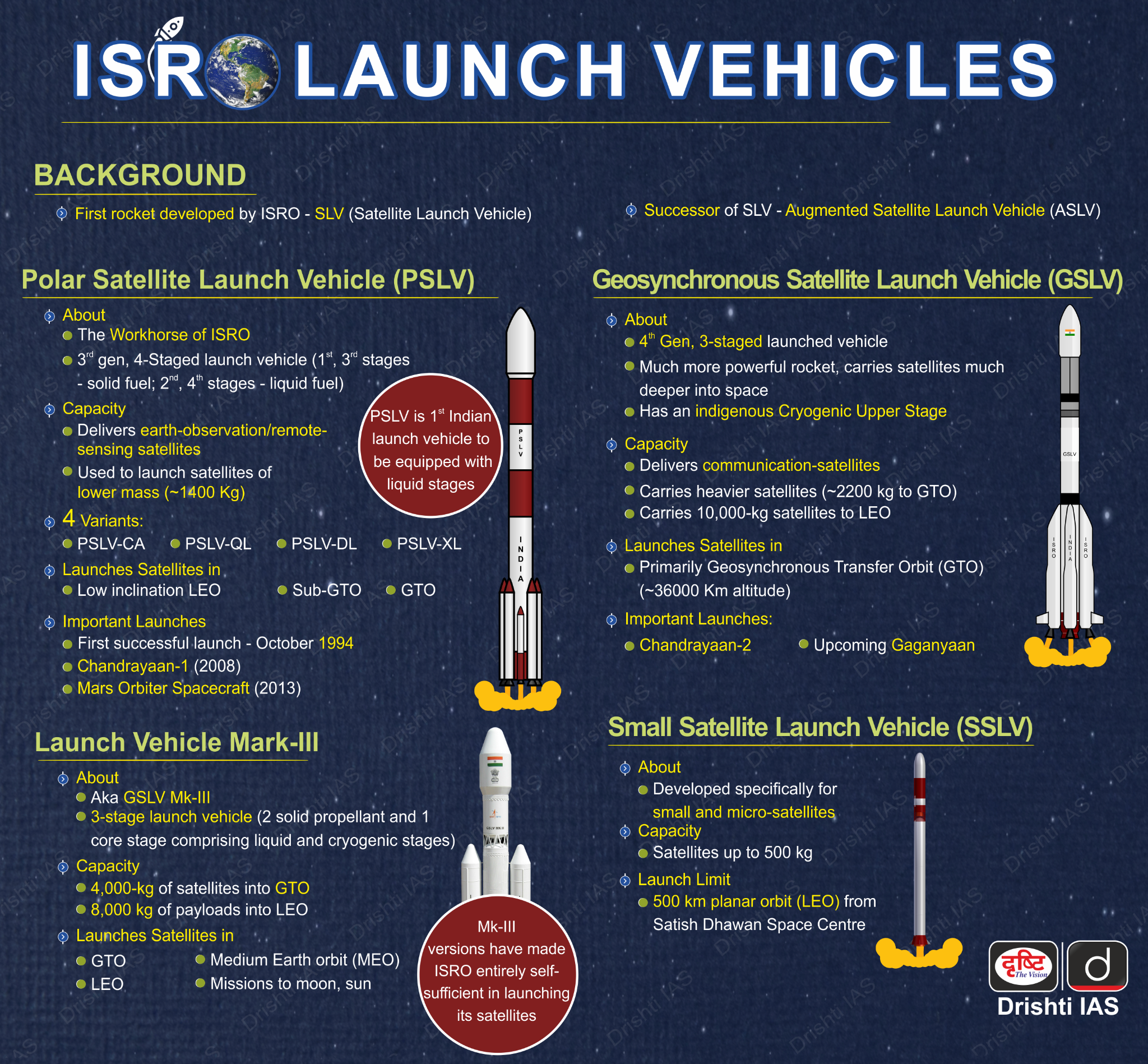Uttar Pradesh
ISRO Tests Model Rocket in UP
- 19 Jun 2025
- 4 min read
Why in News?
The Astronautical Society of India (ASI), in collaboration with InSPACe (Indian National Space Promotion and Authorisation Centre) and Indian Space Research Organisation (ISRO), successfully conducted rocket launch trials in preparation for a student model rocketry competition set for October 2025.
Key Points
- Astronautical Society of India (ASI): The ASI was established in 1990 to promote the growth and development of astronautics in India.
- It actively supports the interests of developing countries in astronautics through its role in the International Astronautical Federation (IAF), Paris, where it serves as a voting member.
- Student Model Rocketry Competition: The upcoming IN-SPACe CANSAT and Model Rocketry India Student Competition 2024–25 in Kushinagar offers undergraduates hands-on experience in designing, building, and launching CANSATs and model rockets to explore space technology.
- CANSATs are miniature satellites that fit inside a soft drink can. These payloads are launched to a few hundred meters using sounding rockets and descend with parachutes.
Indian National Space Promotion and Authorisation Centre (IN-SPACe)
- About: IN-SPACe is a single-window, independent, nodal agency that functions as an autonomous agency in the Department of Space (DOS).
- It was formed following the space sector reforms in 2020 to enable and facilitate the participation of private players.
- Key Functions: IN-SPACe promotes, authorizes, and supervises space activities of non-governmental entities, including building launch vehicles, providing space services, sharing ISRO’s infrastructure, and establishing new space facilities.
- IN-SPACe serves as the interface between ISRO and NGEs, helping streamline private sector engagement in space missions.
Indian Space Research Organisation (ISRO)
- About: ISRO, headquartered in Bengaluru, Karnataka, operates under the Department of Space, is India’s national space agency focused on advancing space science and technology for national and global benefit.
- Historical Background: ISRO evolved from the Indian National Committee for Space Research (INCOSPAR), established in 1962 under the vision of Dr. Vikram Sarabhai.
- In 1969, ISRO was formally created, replacing INCOSPAR and expanding its role in space technology. In 1972, the Department of Space was set up, and ISRO was brought under its administrative control.
- Core Objectives: ISRO/DoS aims to develop and apply space technology to meet various national needs, including:
- Communication and broadcasting
- Meteorological services
- Resource monitoring and management
- Navigation and positioning systems
- Major Achievements: ISRO has built key space systems in India for television, weather forecasting, and satellite-based resource mapping.
- It has developed indigenous launch vehicles like the Polar Satellite Launch Vehicle (PSLV) and Geosynchronous Satellite Launch Vehicle (GSLV) to place satellites into desired orbits.







